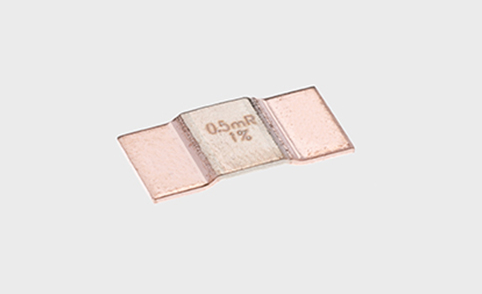
Comparison between SMD Shunts and Current Sensors: Contrasting the Advantages, Disadvantages, and Suitable Applications of SMD Shunts and Other Common Current Sensors such as Hall Effect Sensors and Resistive Sensors
Introduction:
Accurate current measurement is crucial in various electronic applications. SMD Shunts, Hall Effect Sensors, and Resistive Sensors are widely used for this purpose. This article aims to compare SMD Shunts with other common current sensors, highlighting their advantages, disadvantages, and suitable applications.
SMD Shunts:
Advantages:
1. High Accuracy: SMD Shunts offer high accuracy in current measurement, making them suitable for precise applications.
2. Low Cost: Compared to other current sensors, SMD Shunts are relatively inexpensive, making them cost-effective for large-scale production.
3. Compact Size: SMD Shunts are available in small surface-mount packages, making them suitable for space-constrained applications.
4. Low Power Consumption: SMD Shunts have negligible power consumption, which is beneficial in battery-powered systems.
Disadvantages:
1. High Power Dissipation: SMD Shunts dissipate power as heat due to their low resistance. This can be a concern in high-current applications, as it may require proper heat dissipation techniques.
2. External Amplification: SMD Shunts require an external amplification circuit to measure the voltage drop accurately, adding complexity to the design.
3. Limited Measuring Range: SMD Shunts have a limited measuring range, typically up to a few amperes, which may not be suitable for high-current applications.
Suitable Applications:
SMD Shunts are commonly used in:
- Battery management systems
- Power supplies
- Motor control circuits
- Automotive electronics
Hall Effect Sensors:
Advantages:
1. Non-Invasive: Hall Effect Sensors do not require physical contact with the current-carrying conductor, making them suitable for applications where isolation is necessary.
2. Wide Measuring Range: Hall Effect Sensors can measure a wide range of currents, from a few milliamperes to several kiloamperes.
3. High Accuracy: Hall Effect Sensors offer good accuracy in current measurement, making them suitable for both low and high-current applications.
Disadvantages:
1. High Cost: Hall Effect Sensors are relatively expensive compared to SMD Shunts, making them less cost-effective for mass production.
2. Larger Size: Hall Effect Sensors are typically larger in size compared to SMD Shunts, which may limit their use in compact electronic devices.
3. Sensitivity to External Magnetic Fields: Hall Effect Sensors can be affected by external magnetic fields, which may require additional shielding measures.
Suitable Applications:
Hall Effect Sensors find applications in:
- Industrial automation
- Power systems
- Electric vehicles
- Renewable energy systems
Resistive Sensors:
Advantages:
1. Simple Design: Resistive Sensors have a straightforward design, making them easy to integrate into circuits.
2. Low Cost: Resistive Sensors are cost-effective, making them suitable for cost-sensitive applications.
Disadvantages:
1. Limited Accuracy: Resistive Sensors may have lower accuracy compared to SMD Shunts and Hall Effect Sensors, making them less suitable for precise current measurement.
2. Sensitivity to Temperature: The resistance of Resistive Sensors can vary with temperature changes, leading to measurement errors.
3. Power Dissipation: Resistive Sensors dissipate power as heat, similar to SMD Shunts, requiring heat dissipation considerations.
Suitable Applications:
Resistive Sensors are commonly used in:
- Consumer electronics
- Power adapters
- Battery chargers
Conclusion:
SMD Shunts, Hall Effect Sensors, and Resistive Sensors each have their own set of advantages and disadvantages. SMD Shunts provide high accuracy, compact size, and low cost, making them suitable for various applications. Hall Effect Sensors offer a wide measuring range and non-invasive measurement, while Resistive Sensors have a simple design and low cost. The choice of the current sensor depends on factors such as accuracy requirements, cost considerations, and the specific application's constraints. By understanding the strengths and limitations of each sensor type, engineers can make informed decisions when selecting the most suitable current sensor for their electronic designs.
-
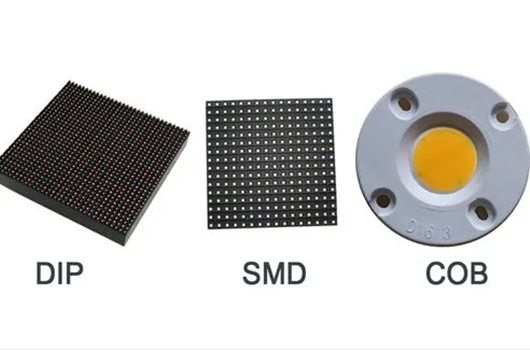
The development trends and fut
Hello, today we will discuss the development trends and future of SMD shunts.SMD...
2023-06-07 view+ -
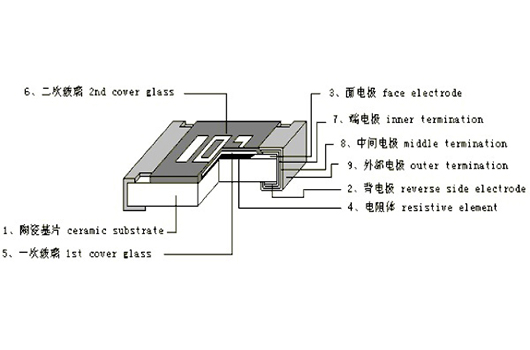
In-depth understanding of rect
As we all know, patch resistor, also known as chip type fixed resistor, is a kin...
2023-04-07 view+ -
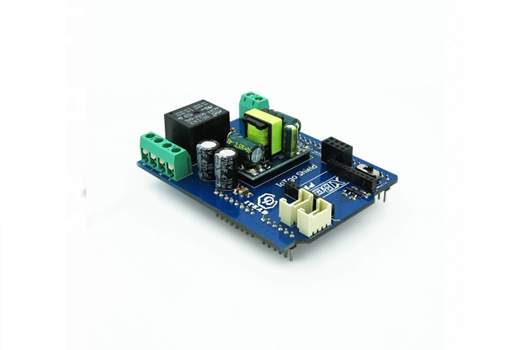
Future Technological Developme
In this technical article, we will explore the future technological advancements...
2023-09-28 view+ -
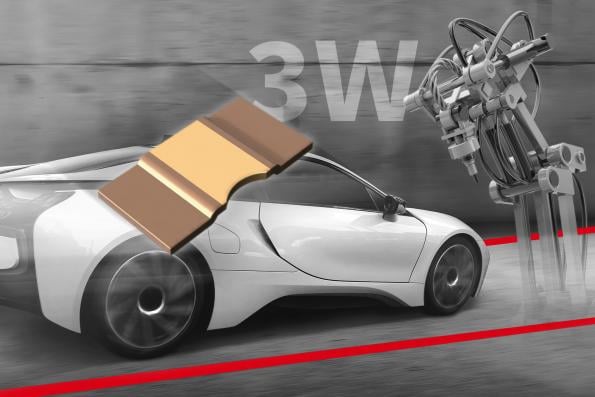
Unveiling the Applications of
As we delve deeper into the realm of electrical engineering, we uncover various ...
2023-10-31 view+


